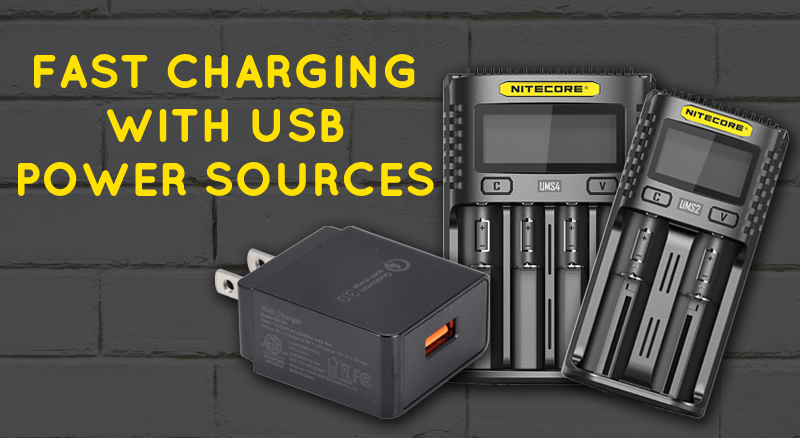Each day it seems like more and more devices are moving to USB power inputs to charge. Unlike AC outlets which vary around the world, USB has become a universal standard and is widely available. However, with the ubiquity of such devices, you’ve likely run into at least one instance where a USB charger seemed to take forever to power your device. In a world that never seems to slow down, the last thing you want is to be stuck waiting hours for your flashlight batteries to charge.
So is the issue with USB power? The device itself? Or is it a mismatch between technology? Keep reading to find out everything you need to know about fast charging with USB power sources.
Understanding Fast Charging
Volts, Amps and Watts
In order to understand charging speeds, let’s first take a quick look at 3 common terms you’ll come across when discussing charging.
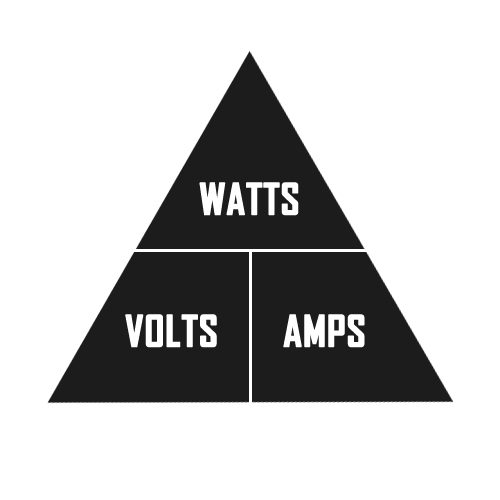
- Amperage: This is a measure of the amount of charging current being supplied to a device. You will either this expressed in milliamps (mA) or amps (A).
- Voltage: This is a measure of the strength of the charging current and is expressed in volts (V).
- Wattage: By multiplying amps by volts, you can get a measure of the total power which is expressed in watts.
So what is fast charging? Although the definition of “fast” is relative, when most people talk about fast charging, you’ll want to look for a device capable of 3A or more. This is the point at which you’ll really start to notice the length of time needed to charge your batteries and devices starts to decrease.
How Charging Speeds are Increased
In order to increase charging speeds, there are two different approaches electrical engineers can take: 1) increase the amperage or 2) increase the voltage. Of the two, by far the more common approach is to boost the overall voltage using dynamically variable voltage.
What is Quick Charge?
Quick Charge is a charging technology developed by Qualcomm and is one of the most prevalent fast charging standards found in everything from cell phones to battery chargers. Each successive standard (2.0, 3.0 etc.) is designed to be backwards compatible and uses dynamically variable voltage to support fast charging speeds.
USB Power: Making Sure You’re Getting the Fastest Speeds
NITECORE offers a range of battery chargers capable of fast charging speeds to get your li-ion and other rechargeable batteries back to full power as quick as possible. For a traditional AC wall powered battery charger, both the NITECORE SC2 and NITECORE SC4 provide up to 3A of output in a single slot which can cut the charging time of a single 18650 down to approximately 2 hours. This works because a standard AC wall unit offers enough charging current to achieve the advertised output.
But what about our USB-powered devices like the UMS2 and UMS4? Can the same fast speeds be achieved with a USB-powered device?
The answer is yes! When paired with a QuickCharge enabled power adapter, the UMS2 and UMS4 both reach the same blazing fast 3A speeds as the SC2 and SC4.
The “secret” here is making sure your power adapter offers the appropriate charging current. If you’ve ever picked up one of the cheap car or wall adapters available in gas stations and convenience stores, you probably know that not all USB power adapters are the same. Often these adapters supply 1A or less of output which is not sufficient to utilize the QuickCharge features of devices like smartphones and of course, the UMS2 or UMS4.
So why even bother with a USB charger, you might be wondering. The beauty behind these devices is the versatility to adapt to different situations. If speed and performance is your chief concern, pair these USB fast chargers with a QuickCharge USB adapter and say goodbye to waiting. If you’re traveling and want to pair your charger with a power bank or solar panel? The USB input gives you the flexibility to do so, and still offers decent speeds!

Quick Charge Adapters
Thankfully, NITECORE has options for making sure you’re always getting the fastest charging speeds from your USB devices. Choose from the following adapters and rest assured your time won’t be wasted waiting for your batteries to charge.
- QC 3.0 USB adapter: A single-port, USB wall adapter that is QuickCharge 3.0 compatible
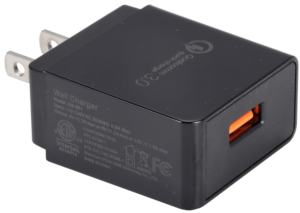
Available on NITECORE Store for $9.99 - NITECORE UA42Q: A dual-port USB wall adapter that is QuickCharge 3.0 compatible
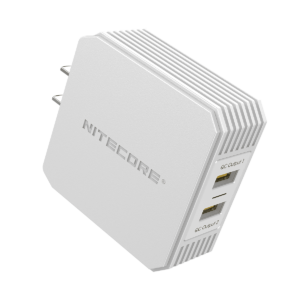
Available on NITECORE Store for $22.99 - NITECORE UA55: A 5-port USB wall adapter capable of 2A output per port for charging multiple devices at once.
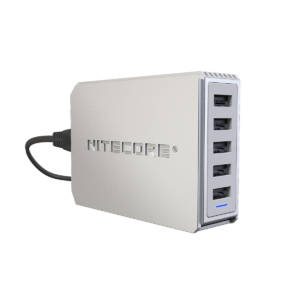
Available on NITECORE Store for 24.99
Sources:

